Results 10,471 to 10,480 of 12095
Thread: Anandtech News
-
03-30-20, 12:10 PM #10471
Anandtech: TUF Goes FreeSync Premium: ASUS TUF Gaming VG27VH1B 27-Inch 165Hz DCI-P3 M
ASUS brought its TUF Gaming sub-brand to the market a couple of years ago to address needs of mainstream gamers. But as requirements evolve, the company has added premium features to TUF Gaming-branded products every now and then. This time around ASUS has introduced a new TUF-branded 27-inch curved monitor that boasts with AMD’s FreeSync Premium certification, a wider-than-sRGB color gamut, and a 165 Hz refresh rate.
The ASUS TUF Gaming VG27VH1B monitor is based on a 27-inch curved VA panel featuring a 1920×1080 resolution, 250 nits luminance, a 3000:1 contrast ratio, 178°/178° viewing angles, a 1 ms MPRT response time, and a 165 Hz maximum refresh rate. The LCD can reproduce 120% of the sRGB as well as 90% of the DCI-P3 color gamuts, which is rather good for a monitor that is supposed to be (at least relatively) inexpensive.
One of the key selling points of the TUF Gaming VG27VH1B is that the monitor features a scaler that supports VESA’s Adaptive-Sync variable refresh rate technology. The display is also certified to meet AMD’s FreeSync Premium requirements, which, as you'd expect for a high refresh rate display, means it officially supports low framerate compensation (LFC) mode. All told, the monitor supports refresh rates from 50 Hz up to 165 Hz.
As for other technologies, the TUF Gaming VG27VH1B also fully supports ASUS’s ELMB (extreme low motion blur) technology, which is designed to make fast-action scenes look sharper. What is particularly important about this ELMB implementation is that it can work together with Adaptive-Sync/FreeSync, so that it isn't an either/or situation. Other notable capabilities of the new TUF monitor include in-game enhancements techniques like Shadow Boost, GamePlus modes (Crosshair, Timer, FPS Counter, Display Alignment), and GameVisual genre-tailored modes.
One interesting thing to note about the TUF Gaming VG27VH1B is its set of inputs that includes one D-Sub connector for legacy PCs as well as two HDMI 2.0 ports to connect modern PCs, but there aren't any DisplayPort inputs. On the audio side of things, the monitor has 2W stereo speakers along with a line-in and a headphone out connector.
As for ergonomics, the ASUS VG27VH1B comes with a stand that can adjust tilt and swivel, but not height. Also, the display has VESA 100×100 mounting holes.
ASUS already lists its TUF Gaming VG27VH1B monitor on its website, so expect it to hit the market in the foreseeable future (COVID-19 willing).The ASUS TUF VG27VH1B Monitor TUF Gaming VG27VH1B Panel 27" VA Native Resolution 1920 × 1080
(16:9)Refresh Rate 165 Hz Dynamic Refresh Rate Technology AMD FreeSync Premium
VESA Adaptive-SyncRange HDMI 50 Hz - 165 Hz Response Time 1 ms MPRT Brightness 250 cd/m² Contrast 3000:1 Color Gamut 125% sRGB
90% DCI-P3Viewing Angles 178°/178° horizontal/vertical Curvature 1500R Inputs 1 × D-Sub
2 × HDMI 2.0USB Hub - Audio 2 W stereo speakers Proprietary Enhancements GamePlus: Crosshair/Timer/FPS Counter/Display Alignment
GameVisual: Scenery/Racing/Cinema/RTS/RPG/FPS/sRGB Modes/MOBA Mode
GameFast InputStand Height - Tilt +23° ~ -5° Swivel +15° ~ -15° Power Consumption Idle 0.5 W Typical ? Maximum 28 W MSRP ?
Related Reading:
- Big, Fast, & Curved: The ASUS TUF VG328H1B, A 31.5-Inch Gaming Display
- More Hz for Less: GIGABYTE Unveils Aorus FI27Q 27-Inch 165 Hz Monitor
- Nixeus Announces NX-EDG274K: A 27" 144Hz FreeSync-Certified 4K Gaming Monitor
- Faster & TUFer Gaming: The ASUS VG27WQ 27-Inch 165Hz Curved Monitor w/ FreeSync
Source: ASUS (via Hermitage Akihabara)
More...
-
03-30-20, 03:59 PM #10472
Anandtech: Transcend Launches microSD Cards with SLC Caching
Transcend has unveiled a new series of microSD memory cards that support pseudo-SLC caching to boost burst write speeds. The new USD230I memory cards offer data transfer speeds of up to 100 MB/s as well as random read/write performance of up to 3,400 IOPS.
Transcend’s USD230I lineup includes microSD cards featuring 8 GB, 16 GB, 32 GB, and 64 GB capacities. The cards carry the A1 as well as the V30 badges, so they can be used to install Google Android applications and guarantee a minimum write speed of up to 30 MB/s, which is good enough for 4K video shooting.
Pseudo-SLC caching was introduced into the standard by the SD Association back in early 2017, but so far no actual memory cards have used this technology. Meanwhile, since Transcend’s USD230I use 3D TLC NAND memory, the only way to boost their writing performance is indeed through pSLC caching. Unfortunately, the manufacturer does not specify the sizes of its pSLC cache.
As far as endurance is concerned, the 8 GB model is rated for 36 terabytes to be written (TBW), the 16 GB/32 GB models are speced for 70 TBW, whereas the 64 GB variant is rated for 140 TBW.
Related Reading:
- SD Association Announces UHS-III (up to 624 MB/s), A2 Class, LV Signaling
- SD Association Announces SD 5.0 Specification: SD Cards For UHD and 360° Video Capture
- SanDisk Launches Max Endurance microSD Cards: 3 to 15 Years Warranty
- Kingston’s Fast SD Cards at CES 2020: UHS-II at 300 MB/s & UHS-I at 170 MB/s
- ADATA Launches microSD Cards Based on SLC NAND Memory
- Kingston Launches High-Endurance microSD Cards: Up to 128 GB
- SanDisk Launches Max Endurance microSD Cards: 3 to 15 Years Warranty
Source: TechPowerUp
More...
-
03-31-20, 04:59 PM #10473
Anandtech: Ryzen Roundup: A Quick Overview of Ryzen Mobile 4000 Laptops From Acer, AS
Originally announced back at CES 2020, AMD this week has finally launched its new "Renoir" Ryzen Mobile 4000 APUs. And with it, AMD's laptop partners have begun rolling out their first wave of Ryzen 4000 laptops.
While we're still working on our full review for next Monday, we wanted to take a moment to take stock of the laptop market thus far, and look at the Ryzen Mobile 4000 laptops that have been released this week or are due in the coming weeks. So far, Acer, ASUS, Dell, and MSI have introduced their notebooks, and between the four OEMs, they're aiming for a wide range of the consumer market.
Acer’s Swift 3 and Aspire 5 Laptops Introduced
Acer was among the first to introduce its AMD Ryzen Mobile 4000-based laptops earlier this year, and this month, Acer finally started sales of its new notebooks, which are available in 14 and 15-inches.
The Acer Swift 3 (SF314-42) is a 14-inch ultraportable laptop that weighs 1.17 kilograms and runs (up to) AMD’s eight-core AMD Ryzen 7 4700U APU that is paired with 8 GB of LPDDR4 memory as well as an SSD. The PC has everything that one comes to expect from a 2020 ultrathin notebook, including Bluetooth 5.0, Wi-Fi 6, USB 3.2 Gen 2 ports, and a fingerprint scanner.
The laptop comes with an IPS Full-HD display panel with thin bezels, so it is pretty portable. Since the Swift 3 is designed primarily with roadwarriors in mind, it can work for 11.5 hours on one charge, according to the manufacturer. The Swift 3 SF314-42 will be available this April at a price starting at $629.99
Acer’s Aspire 5 (A515-44) is aimed at those looking for something bigger and less portable. This machine is equipped with a Full-HD IPS 15.6-inch LCD and uses AMD’s six-core Ryzen 5 4500U mobile CPU that is accompanied by up to 24 GB of RAM, up to 1 TB PCIe SSD, and a 2 TB hard drive. This system will hit the market in June at an MSRP starting at $519.99.
ASUS’s ROG Zephyrus G14: An Ultimate Gaming Laptop
Among gaming notebook vendors, ASUS was the first company to start using AMD’s desktop Ryzen CPUs with eight cores inside its ROG laptop. So it is not surprising that the company is also among the first with its high-end ROG Zephyrus G14 notebook powered by AMD’s Ryzen 9 4900HS and Ryzen 7 4800HS mobile APUs.
The eight-core Ryzen Mobile 4000-series processor works together with up to 32 GB of DDR4-3200 RAM, an up to 1 TB M.2 NVMe SSD, and NVIDIA’s GeForce RTX 2060 or GTX 1660 Ti discrete graphics processor. The powerful guts are accompanied by rather decent connectivity technologies, including Wi-Fi 6, Bluetooth 5.0, USB 3.1 Gen 1/2 Type-A/Type-C ports, and a DisplayPort 1.4 output.
The ASUS ROG Zephyrus G14 is obviously meant for gamers on the go, and so ASUS has set out to strike a balance between performance and portability. As the name suggests, the laptop comes with a 14-inch display featuring a 2560x1440 or 1920x1080 resolution as well as a 60 Hz or 120 Hz refresh rate with VESA Adaptive-Sync on top. Interestingly, select SKUs even come with Pantone Validated LCDs to appeal to those who want to do color-critical workloads on their Republic of Gamers laptop. The machine weighs 1.7 kilograms and is 1.79 cm – 1.99 cm thick depending on the version.
ASUS’s TUF Gaming A15: Ryzen Mobile Gaming in Budget
The ROG Zephyrus G14 is not ASUS’s only AMD Ryzen Mobile 4000-series-based notebook aimed at gamers and performance-demanding enthusiasts. The company also has lower-tier TUF Gaming A15 machine, which also brings decent specifications and performance.
The ASUS TUF Gaming A15 is based on AMD’s Ryzen 7 4800H and Ryzen 5 4600H processors that are paired with NVIDIA’s GeForce RTX 2060 or GTX 1660 Ti discrete GPUs, up to 32 GB of DDR4-3200 memory, an SSD up to 1 TB in capacity, and a 1 TB 5400 RPM HDD. On the I/O side of things, the laptop has Wi-Fi 5, USB 3.2 Gen 1/2 Type-A/Type-C, a GbE port, and an HDMI output.
As per its name, the TUF Gaming A15 is equipped with a 15.6-inch Full-HD IPS panel with a 60 Hz or a 144 Hz refresh rate that is supported by VESA’s Adaptive-Sync technology.
One interesting thing to note about the TUF Gaming A15 laptops is that in addition to being ruggedized, these machines will be available in two different finishes: one Fortress Gray looks minimalistic, whereas another — Bonfire Black — looks futuristic.
The ASUS TUF Gaming A15 is already available from retailers like Amazon starting at prices of $999.99.
Dell’s G5 15 Special Edition Ryzen: An AMD-Only Gaming Laptop
Dell introduced its G5 15 SE gaming laptop ahead of all of its rivals back at CES 2020. What is, perhaps, more important is that this machine uses key components only from AMD, so along with a Ryzen 4000 APU it also comes with AMD’s Radeon RX 5600M discrete GPU (Navi architecture). The notebook is currently the only PC that supports AMD’s SmartShift technology that dynamically shift power and thermal headroom between the CPU and the GPU to maximize performance.
The 15.6-inch G5 15 Special Edition Ryzen gaming notebook is equipped with a Full-HD panel with a 144Hz maximum refresh rate as well as variable refresh support. Meanwhile, the system comes with DDR4 DRAM, a SSD up to 1TB in size, and a 2 TB 5400 RPM HDD. As far as I/O is concerned, the mobile PC features Wi-Fi, Bluetooth, GbE, USB-A, USB-C, mDP, HDMI, SD card reader, a 3.5-mm audio jack, and a webcam with IR sensors.
Dell’s G5 15 Special Edition Ryzen yet has to make it to the market, but back in January it was said that the notebook is due in early April. As for pricing, it is expected that the machine will cost starting at $799.
MSI’s Bravo 15: A Budget Gaming Laptop
MSI is a yet another company that uses AMD’s latest six-core Ryzen 5 4600H and eight-core Ryzen 7 4800H APUs paired with the company’s latest Radeon RX 5500M discrete GPU. Though it is unclear whether the latest Bravo 15 notebook actually supports SmartShift technology.
MSI’s Bravo 15 laptops that are currently available for pre-order are equipped with 16 GB of DDR4 memory as well as a 512 GB NVMe SSD, which is in line with what we expect from sub-$1000 gaming notebooks. Meanwhile, the systems are equipped with a 15.6-inch Full-HD IPS LCD panel featuring a variable refresh rate of up to 120 Hz with VESA’s Adaptive-Sync on top.
Some Thoughts
So far, PC makers have introduced several higher-end midrange gaming laptops based on AMD’s Ryzen Mobile 4000 processors. And given AMD's ongoing success with the similar Zen 2-based Ryzen 3000 CPUs on the desktop, the company is certainly putting its best foot forward for the mobile space as well. So as supplies ramp up (and Coronavirus ramps down) expect more computer manufacturers introduce Ryzen 4000 notebooks in the coming months.
Traditionally, AMD has done well with gamers, so it is likely that at some point we are going to see true desktop replacement notebooks featuring the company’s latest processors paired with top-of-the-range GPUs. Meanwhile, what remains to be seen is how successful will AMD be with ultraportables, which is a traditional Intel stronghold. To date, only Acer has unveiled an ultrathin Ryzen 4000 notebook, and companies like Lenovo should catch up shortly.
Related Reading:
- AMD Details Renoir: The Ryzen Mobile 4000 Series 7nm APU Uncovered
- AMD Ryzen 4000 Mobile APUs: 7nm, 8-core on both 15W and 45W, Coming Q1
- CES 2020: Dell’s G5 15 SE Gaming Laptop Gets 8-Core Ryzen 4000 & Radeon RX 5600M dGPU
- Acer Swift 3, either with Core i7-1065G7 or Ryzen 7 4700U: The Laptop Market Just Blew Wide Open
Sources: AMD, Acer, ASUS, Dell, MSI
More...
-
03-31-20, 06:26 PM #10474
Anandtech: AKiTiO Launches Node Titan eGFX Thunderbolt 3 Enclosure
AKiTiO has introduced a new Thunderbolt 3 eGFX enclosure that has been designed specifically with professional users in mind. The Node Titan can house power-hungry professional-grade graphics cards due to its 650 W power supply unit.
AKiTiO was among the first companies to introduce a TB3 eGFX chassis for video cards back in late 2016. A little over three years later, after learning from its customers about their needs, AKiTiO comes up with its Node Titan that upgrades the original Node in every possible way. The new enclosure is somewhat more compact, yet it can house full-length (32 cm) full-height (17 cm) 2.5-wide (6 cm) graphics cards that consume up to 500 W of power and need two 8-pin PCIe power connectors. In particular, the box can accommodate all the latest video cards from AMD and NVIDIA and is certified for high-end professional boards, including NVIDIA Quadro RTX 4000.
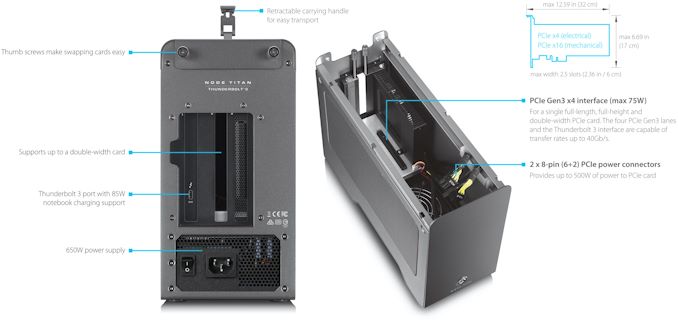
To ensure that the cards used inside AKiTiO’s Node Titan get enough cooling, the enclosure is equipped with two fans: one is used for the PSU and the other cools down the board itself. Meanwhile, the enclosure has a handle to make it easier to carry it around. As for dimensions, the enclosure measures 35.7 × 13.5 × 26.6 cm (14.06 × 5.31 × 10.47 inches), so it is actually more compact than the predecessor. Still, since the box is made of stainless steel, not aluminum, so it is not exactly lightweight.
AKiTiO’s Node Titan is available directly from the company as well as from its partners. Notably, the Node Titan is a pure eGFX enclosure and does not feature a GbE port or a USB hub, so it is relatively cheap by eGFX chassis standards at $334.75.Comparison of Thunderbolt 3 eGFX Chassis AKiTiO
NodeAKiTiO
Node TitanChassis Dimensions Length 42.8 cm
16.85 in35.7 cm
14.06 inHeight 22.7 cm
8.94 in26.6 cm
10.47 inWidth 14.5 cm
5.71 in13.5 cm
5.31 inMax Dimension of Compatible Graphics Card Length 32 cm
12.59 inHeight
(PCB+Cables)17 cm
6.7 inWidth 6 cm
2.36 inMaximum GPU Power 300 W (?) 500 W PSU Wattage 400 W 650 W Form-Factor SFX ? Cooling Fans 1 × 120 mm 2 × ?? mm Connectivity Thunderbolt 1 × TB3 1 × TB3 Ethernet - - USB - SATA - DisplayPort - - Availability December 2016 March
2020Price $299 $334.75
Related Reading:
- CES 2020: Lenovo Goes eGFX with Legion BoostStation Box
- PowerColor's External Behemoth: The 750 Watt TBX-750FA eGFX Box, With 100 W Power Delivery
- Razer Launches Core X Chroma TB3 eGFX Enclosure: 700 W, GbE, USB
- CES 2019: PowerColor & VisionTek Launch Compact eGFX Solutions
Source: AKiTiO
More...
-
03-31-20, 06:26 PM #10475
Anandtech: Maingear Releases New RUSH System With Extremely High-End Specs
The latest among a surprisingly busy week for PC hardware, Maingear has released a new and improved version of its RUSH gaming system. Catering to the high-end gaming market, Maingear is launching models with both Intel and AMD desktop/HEDT processors. Furthermore the company has partnered with ASUS to certify its RGB LED capabilities for better integration and seamless support through the system.
The latest RUSH systems are built inside the highly customizable Lian Li PC-011D XL chassis. Maingear is also offering a custom painting services which users can have their RUSH system coated in a luxury automotive paint within its custom workshop. Each custom RUSH system is advertised as being hand-crafted and built by a 'single master craftsman' for a unique take which Maingear state as "One man, one machine".
Touching on the specifications, Maingear allows buyers to customize RUSH systems with a variety of CPU and chipset options, with both AMD and Intel systems available. These options range from desktop parts up to the AMD Ryzen 3950X (X570) and Intel Core i9-9900K (Z390), This also stretches to the more powerful HEDT platforms, including the AMD Threadripper series featuring the 3990X (TRX40) and Intel's Core i9-10980XE (X299), which of course bumps the price up massively. Keeping in mind the ASUS collaboration, each configuration of the RUSH regardless of chipset and platform selected is based around an ASUS ROG motherboard, for maximum compatibility with its ROG Aura RGB ecosystem.
For graphics, users can select an AMD or NVIDIA setup including up to dual NVIDIA GeForce Titan RTX 24 GB graphics cards, as well as up to a dual AMD Radeon VII 16 GB setup. As for memory, all setups can be configured to run up to 128 GB of DDR4 memory, with AMD's TRX40 for Threadripper offering up to 256 GB. The storage options vary – being dependent on the motherboard chipset – but most allow for up to two NVMe SSDs to be installed, with up to seven SATA 2.5" drives, or four SATA 3.5" drives.
The most notable aspect of the new RUSH gaming system is can be configured to Maingear's profound Apex liquid cooling solution. The Apex is a fully custom cooling solution which features an integrated pump designed for silent operation, with flow-rate sensing and a high capacity reservoir. We reported on the Apex integrated cooling solution back at CES 2018 when Maingear refreshed its F131 system. It uses a custom milled acrylic baseplate for striking aesthetics, with a parallel graphics card bridge and a custom radiator bridge. This encompasses ASUS's ROG certification which all of the components used feature, including the Lian Li PC-O11D XL chassis.
The new and updated RUSH series from Maingear starts from $1899 for the base models, while for those with especially deep pockets, configurations adding custom paint jobs and ultra-high-end hardware such as the AMD Threadripper 3970X and NVIDIA GeForce Titan RTX graphics card run for over $15000.
Gallery: Maingear RUSH System Gallery





Related Reading- Apple Doubles Storage Capacity of Mac Mini Desktops
- MSI Extends Product Warranties by Two Months Due to Coronavirus
- Corsair's One Pro i200: A Compact HEDTR with Intel's 10th Gen I4-Core CPU & NVIDIA's RTX 2080 Ti
- ASUS ROG Huracan G21: A Small PC with 9-core and RTX 2080
More...
-
03-31-20, 07:04 PM #10476
Anandtech: Samsung to Cease Traditional LCD Production, Move To Quantum Dot OLEDs
According to a report from Reuters, Samsung Display will cease production of traditional LCD displays by the end of the year. The move comes as the company is apparently turning its full efforts away from traditional liquid crystal displays and towards the company's portfolio of quantum dot technology. Building off of the Reuters report, ZDNet is reporting that Samsung is dropping LCD production entirely – including its quantum dot-enhanced "QLED" LCDs – and that their retooled efforts will focus on QD-enhanced OLED displays. A decision with big ramifications for the traditional LCD market, this means that by the end of the year, the LCD market will be losing one of its bigger (and best-known) manufacturers.
As recently as last year, Samsung Display had two LCD production facilities in South Korea and another two LCD plants in China. Back in October, 2019, the company halted production one of the South Korean factories, and now plans to suspend production of LCDs at the remaining three facilities due to the low profitability and oversupply of traditional LCDs.
Instead, the company will be turning its attention towards the quantum dot-enhanced OLED displays. A new technology for Samsung, this would be distinct from the company's current QLED displays, which use quantum dots to enhance LCD displays. Samsung previously announced their plans to invest a whopping $11 billion in QD-OLED production, and now those plans are moving one step closer to completion as the company gets ready to wind-down traditional LCD production.
To that end, one of the two South Korean LCD lines will be converted to produce displays and TVs featuring quantum dot-enhanced OLED panels. Samsung Display hopes that their sizable investment will pay off as the new technology promises unprecedented image quality and lower cost compared to regular OLED panels. Meanwhile, Samsung’s longer-term plans include building of two QD-OLED lines, though it's unclear for now whether this will include any of the company's Chinese facilities, or what may happen to those lines once they shut down at the end of the year.
Overall, Samsung is not the first nor the only LCD panel manufacturer to reduce their production. LG Display has converted as least one of its LCD factories to an OLED facility, whereas Panasonic last year decided to cease LCD manufacturing by 2021.
Related Reading:
- Panasonic to Cease LCD Production by 2021
- Samsung Mulls Suspending South Korea LCD Plant Due to Oversupply
- Panasonic Develops IPS Panel with 1,000,000:1 Contrast Ratio, 1000 Nits Brightness
Source: Reuters, ZDNet
More...
-
04-01-20, 04:14 AM #10477
Anandtech: Intel Updates ISA Manual: New Instructions for Alder Lake, also BF16 for S
As with any processor vendor, having a detailed list of what the processor does and how to optimize for it is important. Helping programmers also plan for what’s coming is also vital. To that end, we often get glimpses of what is coming in future products by keeping track of these updates. Not only does it give detail on the new instructions, but it often verifies code names for products that haven’t ‘officially’ been recognized. Intel’s latest update to its ISA Extensions Reference manual does just this, confirming Alder Lake as a future product, and identifies what new instructions are coming in future platforms. Perhaps the biggest news of this is actually the continuation of BFLOAT16 support, originally supposed to be Cooper Lake only (and bearing in mind, Cooper Lake will have a limited launch), but will now also be included in the upcoming Sapphire Rapids generation, set for deployment in the Aurora supercomputer in late 2021.
More...
-
04-01-20, 10:57 AM #10478
Anandtech: Intel H81 Chipset EOL'd: Long Lived Haswell Chipset to be Retired
Intel has announced that it will be discontinuing some of its Lynx Point based chipsets which are most commonly associated with its Haswell processors on socket LGA 1150. Along with the long-standing H81 chipset, other Intel Lynx-point chipsets entering the End-of-Life cycle include Q87, C226, QM87, and HM86.
Originally introduced to the market back in 2013, Intel's H81 chipset is the latest casualty of Intel's product discontinuance strategy. The H81 chipset along with others entering product discontinuance are all based on its 32 nm lithography. The H81 chipset was built for Intel 4th generation Haswell processors and acted as the budget-conscious version of the Z87 chipset, minus some of its premium features including overclocking support.
Intel states that although its product discontinuance program support began on March 30, 2020, customers will still be able to place orders of the H81, Q87, C226, QM87, and HM86 chipsets until March 31, 2021. The last shipment will be distributed on September 30, 2021, while orders not cancelled before March 31, 2021 will become non-cancelable. The H81 chipset is notably a desktop chipset, while C226 is from its server portfolio, and QM87 and HM86 are part of its mobile segment. Both the QM87 and HM86 chipsets were both expected to enter discontinuance in Q4 15 but lasted nearly five years longer than anticipated.
Directly related to the above, Intel announced last year that it was resurrecting its previously discontinued Haswell based Intel Pentium G3420 processor which was seemingly due to an increase in customer demand.
Customers looking for a low-cost long term chipset are advised to look towards such chipsets as H310 designed for Intel's Coffee Lake CPUs.
Related Reading:- Intel to Discontinue Nearly All Desktop Kaby Lake CPUs
- Intel Un-Discontinues Pentium G3420 'Haswell' CPU
- Best Motherboards: Q1 2020
- Intel's new 'Single Customer' Ice Lake Mobile CPUs: Are These in the Macbook Air?
- Intel's Cooper Lake Plans: The Chip That Wasn't Meant to Exist, Fades Away
More...
-
04-01-20, 04:34 PM #10479
Anandtech: I Need Speed: MSI Reveals Optix MAG251RX 240Hz IPS Gaming Monitor
MSI has announced its first display that uses a Fast IPS panel, which boasts a 240 Hz refresh rate. Like many gaming LCDs, the Optix MAG251RX is NVIDIA G-Sync compatible as well as VESA DisplayHDR 400 certified. Meanwhile, unlike most gaming monitors, the new product comes with a USB-C input.
Based on a 24.5-inch 8-bit+FRC IPS panel, the MSI MAG251RX features a 1920×1080 resolution, 400 nits brightness, a 1000:1 contrast ratio, 178°/178° viewing angles, a 1 ms response time, and a maximum refresh rate of 240 Hz. The monitor supports VESA’s Adaptive-Sync variable refresh rate technology and is NVIDIA G-Sync-compatible certified.
The monitor can display 1.07 billion colors and can reproduce 107% of the sRGB as well as 84% of the DCI-P3 color gamut, which is slightly better color reproduction than most other monitors based on a Fast IPS panel. In addition, the LCD is VESA DisplayHDR 400 certified, so it also supports HDR10 transport. Last but not least, the monitor supports various gaming modes as well as the so-called Night Vision technology that enhances dark scenes.
For connectivity, the MSI MAG251RX uses one DisplayPort 1.2a input, two HDMI 2.0 port, and one USB Type-C port. In addition, the monitor has a triple-port USB 2.0 hub and a headphone output.
One of the advantages of the MSI MAG251RX advertised by the manufacturer is the company’s Gaming OSD App 2.0, which allows users to easily configure display settings using a keyboard and mouse. Also, the app supports hotkey options to quickly switch settings in-between titles.
In a bid to provide users the right viewing angles, the MSI MAG251RX monitor has a stand that can adjust height and tilt. As an added bonus, the backside of the LCD is equipped with addressable RGB LEDs for further customization.
MSI’s Optix MAG251RX is now available from retailers like Amazon for $359.99.The MSI Optix MAG 24.5-Inch IPS LCD with
240 Hz Refresh RateMAG251RX Panel 24.5-inch class IPS Native Resolution 1920 × 1080 Maximum Refresh Rate 240 Hz Dynamic Refresh Technology VESA Adaptive-Sync
NVIDIA G-Sync CompatibleRange ? Brightness 400 cd/m² Contrast 1000:1 Viewing Angles 178°/178° horizontal/vertical Response Time 1 ms GtG Pixel Pitch ~0.2825 mm² Pixel Density ~90PPI Color Gamut Support 107% sRGB
84% DCI-P3Inputs 1×DP 1.2
2×HDMI 2.0
1×UDB-CAudio audio output Stand Height: +/- 130 mm,
Tilt: 5° to 20°
Built in cable managementWarranty ? years MSRP $359.99
Related Reading:
- Predators: Acer Launches 24.5 & 27-Inch Fast IPS 240 Hz Monitors
- Gone in 240 Hz: Lenovo’ Legion Y25-25 ‘Fast IPS’ Monitor w/ FreeSync at CES 2020
- Quick & Deadly: Alienware 25 (AW2521HF) 240 Hz Fast IPS Monitor Revealed
- Gone in 0.5 ms: BenQ Unveils Zowie XL2746S 240 Hz Monitor w/ 0.5 ms Response Time
Source: MSI
More...
-
04-01-20, 06:53 PM #10480
Anandtech: KINGMAX Joins PCIe 4.0 SSD Club with PX4480 Drives
As AMD’s latest Ryzen 3000/X570 platforms with PCIe 4.0 support become more widespread on the market, SSD vendors are continuing to ramp up the releaes of their matching PCIe 4.0-based SSDs. Joining the party, KINGMAX, a known maker of components for enthusiasts, has revealed its first PCIe 4.0 SSD family, the PX4480.
The KINGMAX Zeus PX4480 SSDs are based on the Phison PS5016-E16 controller paired with 3D TLC NAND memory, and are available in 500 GB, 1 TB, and 2 TB configurations. A surprising thing about these drives is the fact that unlike most Phison PS5016-E16-based SSDs, KINGMAX’s PX4480 devices are not equipped with a heat sink, but come with a sticker made of a plastic-like material, which improves their phsyical compatibility, but might affect their performance under high loads.
Speaking of performance, KINGMAX says that the PX4480 drives are rated for up to 5000 MB/s sequential read speeds, up to 4400 MB/s sequential write speeds (when pSLC caching is enabled), and up to 600K/500K random read/write speeds, which is in-line with competing devices that use the same controller.
As far as endurance is concerned, KINGMAX rates its ‘4x4’ SSDs for up to 3600 terabytes to be written (TBW) depending on the exact model. Meanwhile, the drives are backed by a three-year warranty.
Considering that the PX4480 SSDs are powered by a widespread controller and the fact that KINGMAX already lists its PX4480 drives on its website, expect them on the market shortly. Prices should be comparable to similar products from competing suppliers.KINGMAX's PX4480 SSDs Capacity 500 GB 1 TB 2 TB Model Number ? ? ? Controller Phison PS5016-E16 (PCIe 4.0 x4) NAND Flash 3D TLC NAND Form-Factor, Interface M.2-2280, PCIe 4.0 x4, NVMe 1.3 Sequential Read 5000 MB/s Sequential Write 2500 MB/s 4400 MB/s Random Read IOPS 400K 600K IOPS Random Write IOPS 500K 500K IOPS Pseudo-SLC Caching Supported DRAM Buffer ? 1 GB 2 GB TCG Opal Encryption No Power Consumption 6.3 W 6.5 W 7 W Warranty 3 years MTBF 1.7 million hours TBW 850 TB 1800 TB 3600 TB MSRP $? $? $?
Related Reading:
- Seagate Announces FireCuda 520 PCIe 4.0 SSD
- Team Group Joins PCIe 4.0 SSD Race with Cardea Zero Z440 Drives
- Patriot Launches Viper VP4100 PCIe Gen 4 SSDs: Up to 5 GB/s
- GOODRAM Reveals IRDM Ultimate X: A Lineup of PCIe 4.0 x4 SSDs
Source: KINGMAX
More...
Thread Information
Users Browsing this Thread
There are currently 21 users browsing this thread. (0 members and 21 guests)




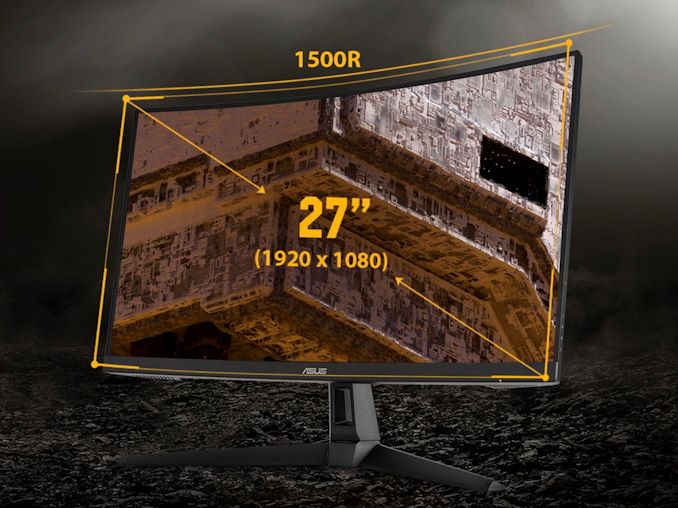
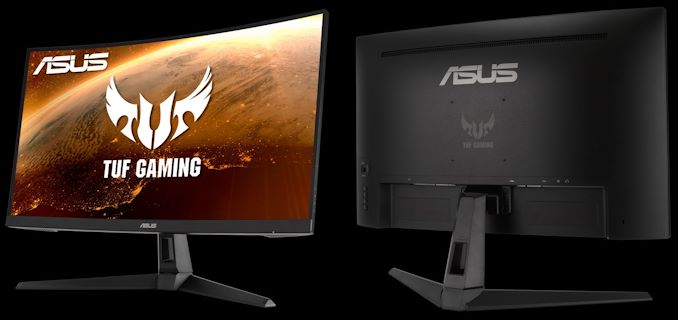


 Quote
Quote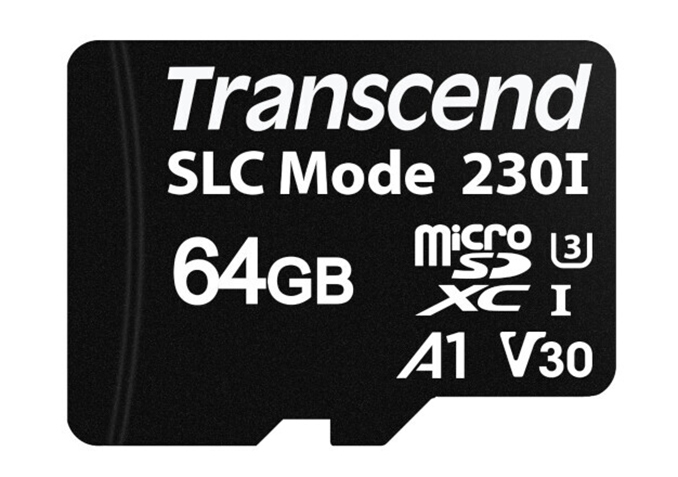

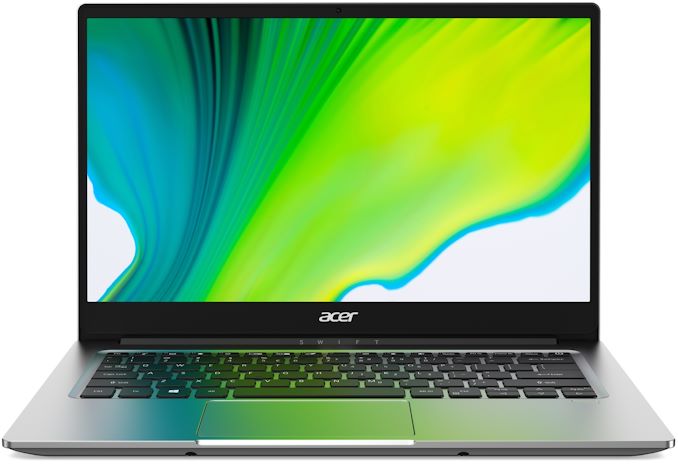
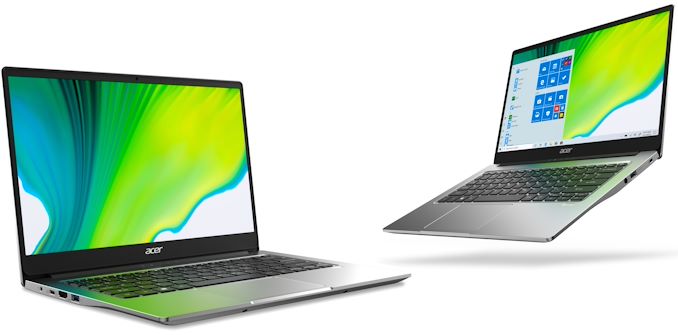

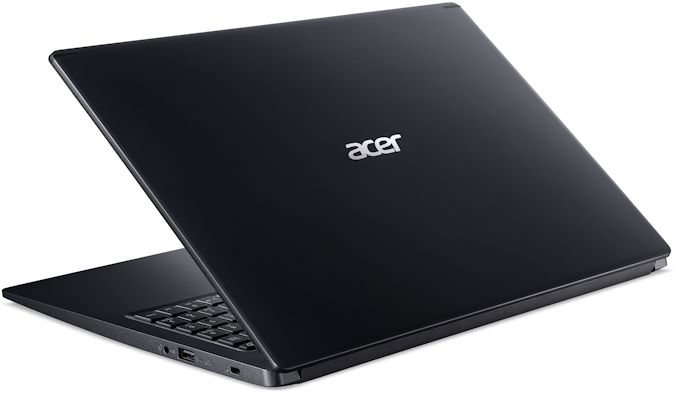
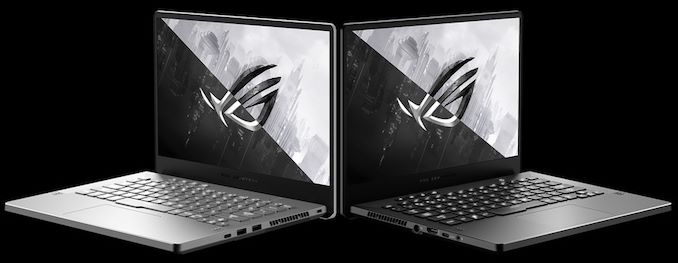
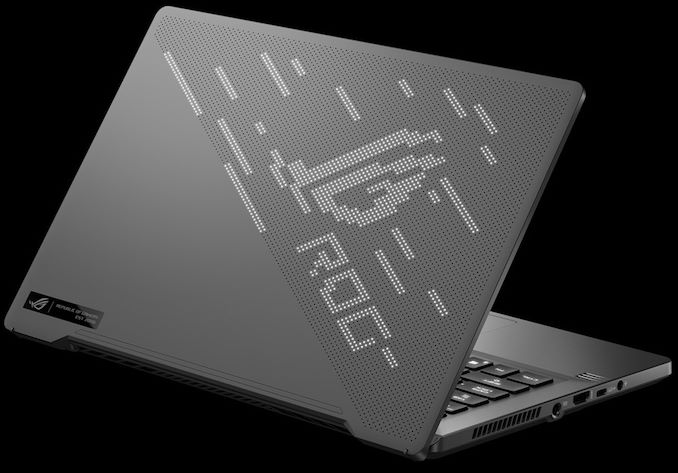

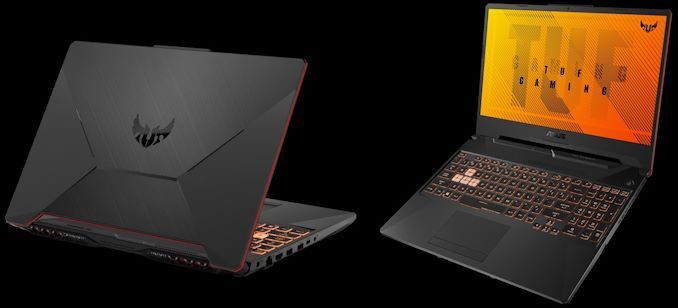
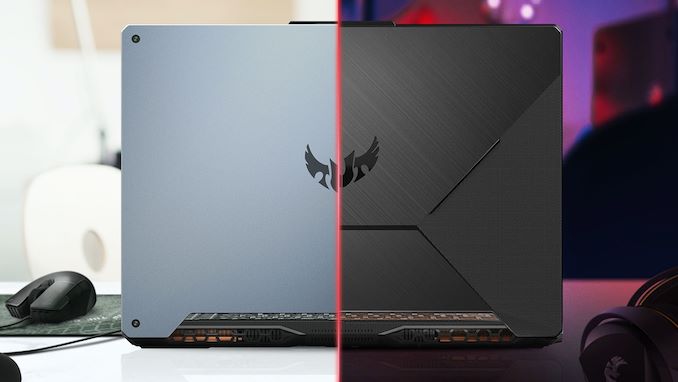
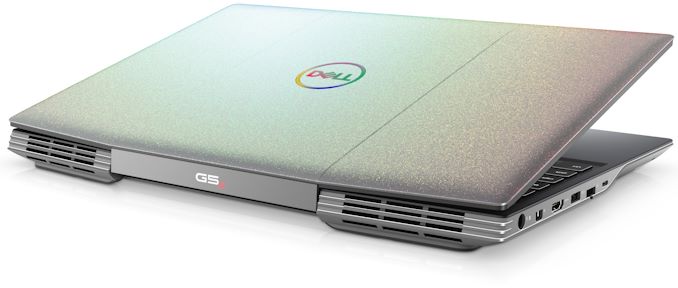
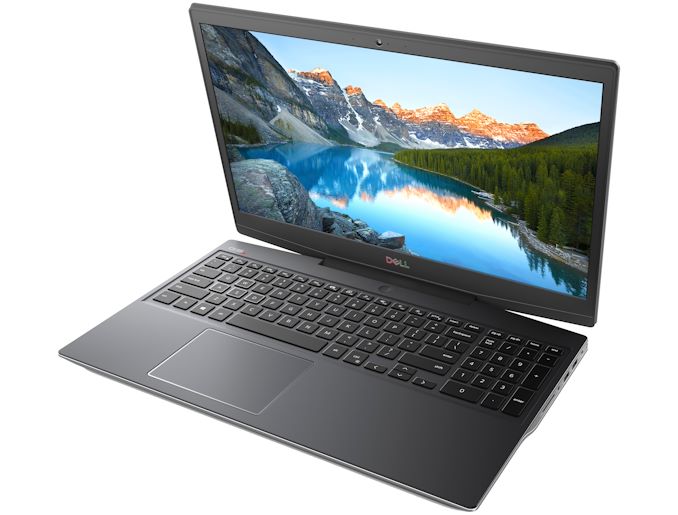

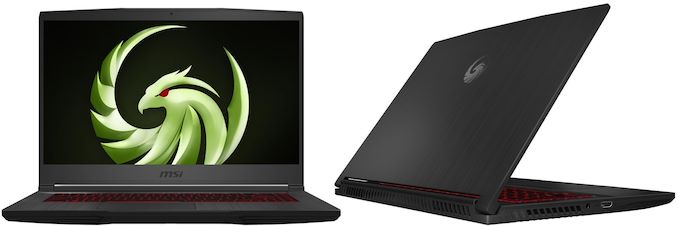
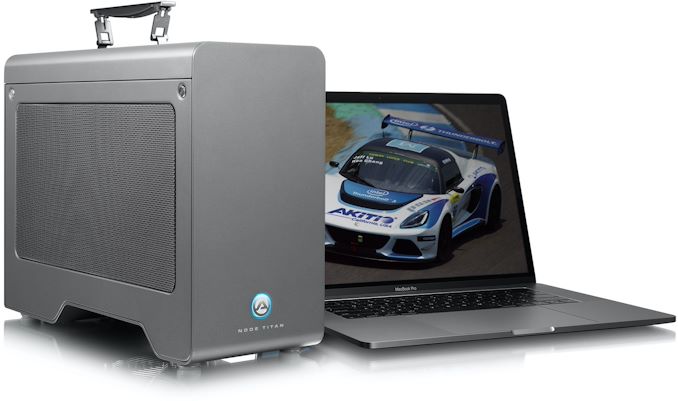




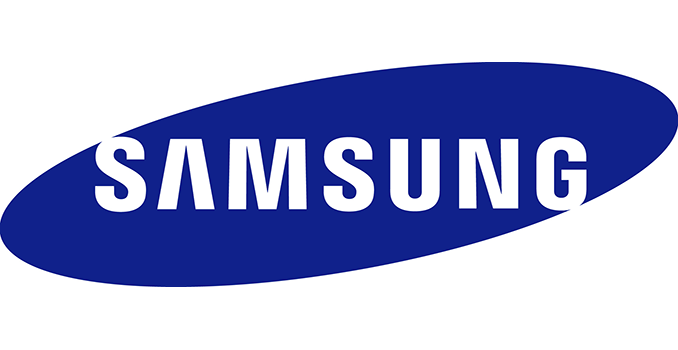

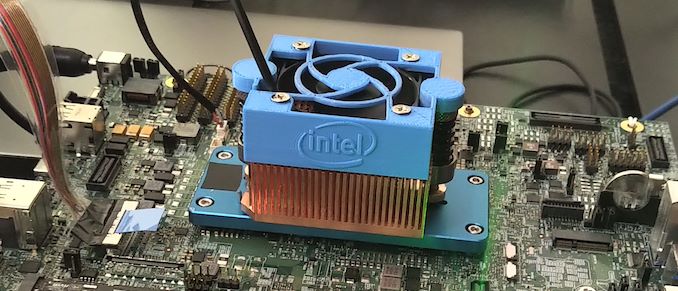
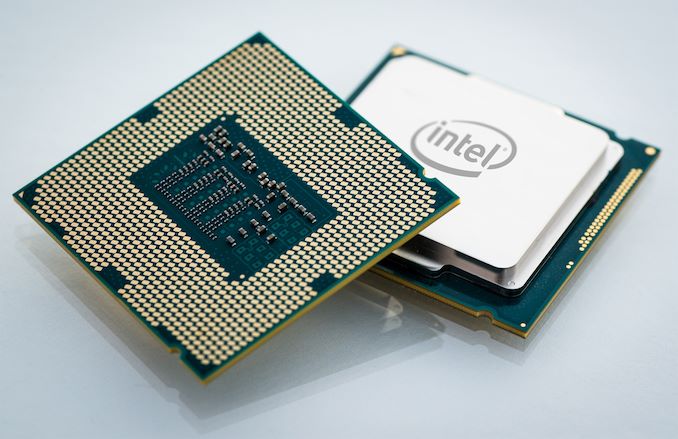
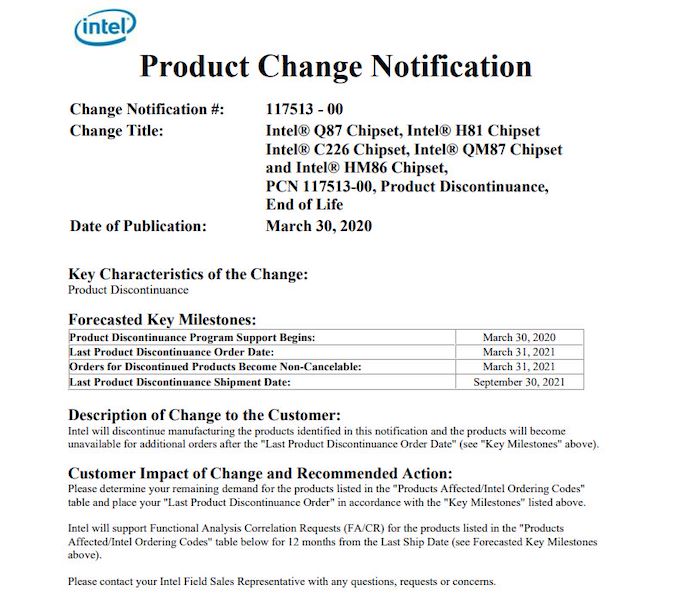
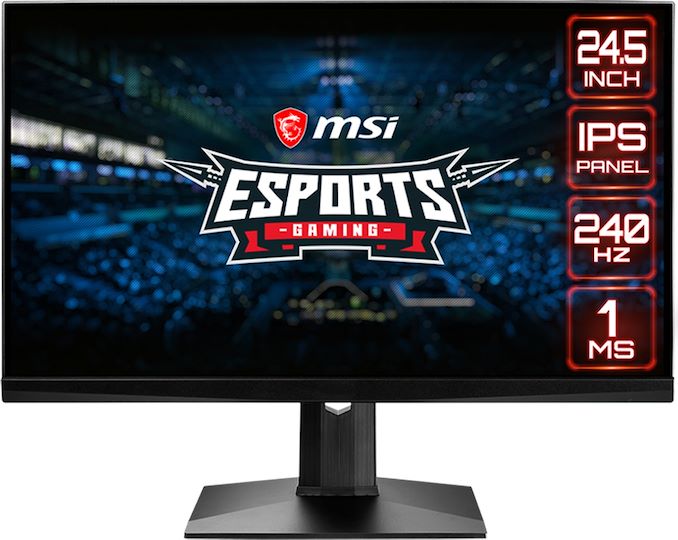
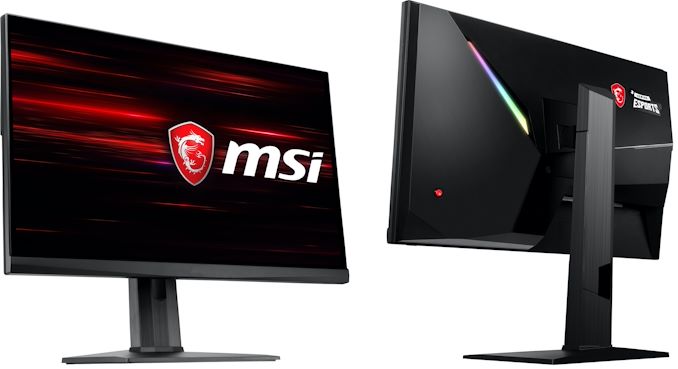
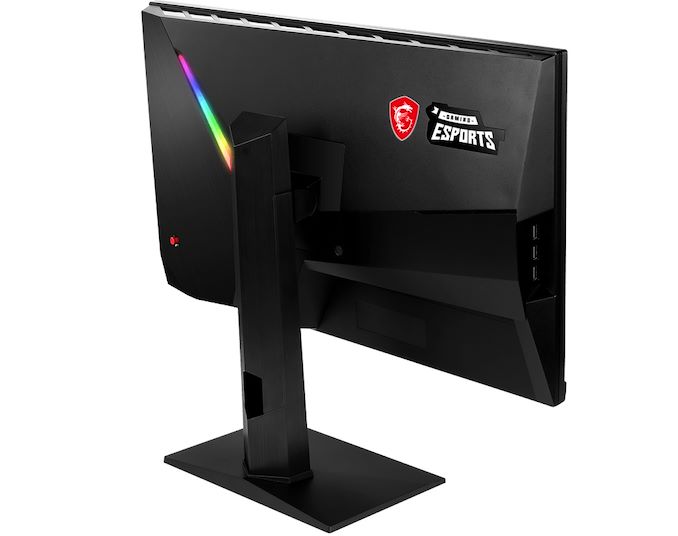
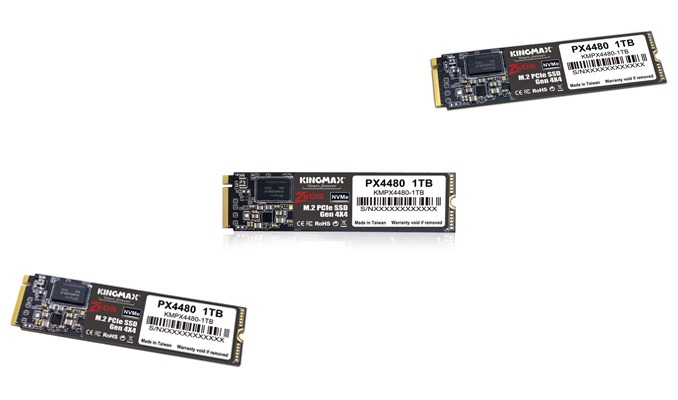
















Bookmarks